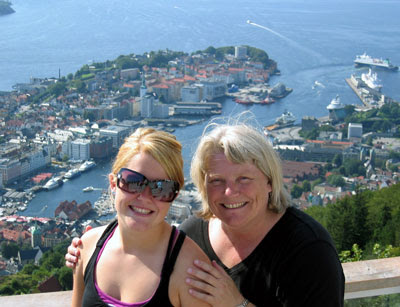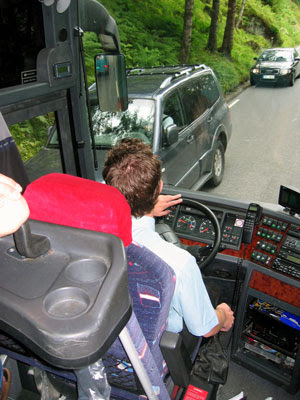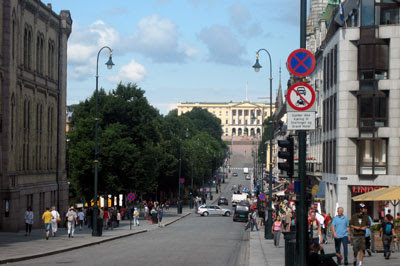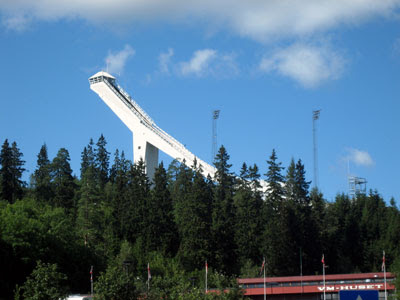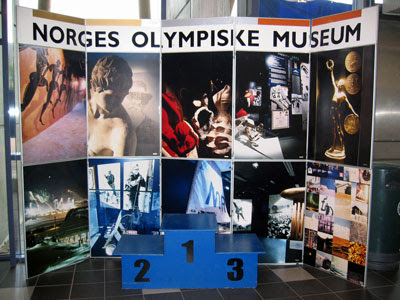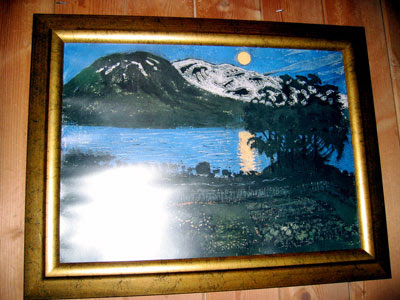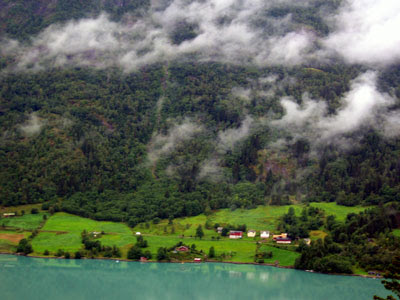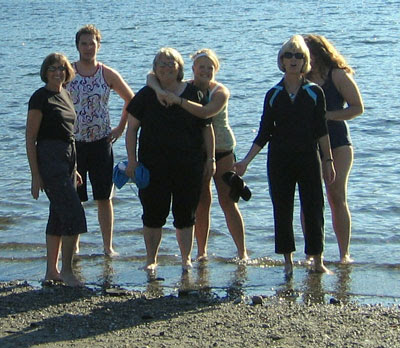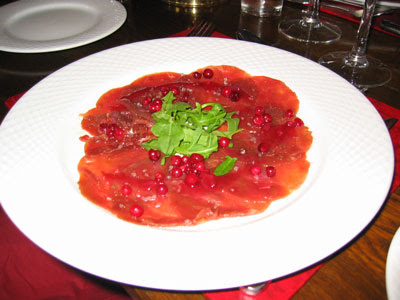 Steve Soderlind has taught at St. Olaf since 1980. He has a B.A. with majors in mathematics and economics from the University of Minnesota and a Ph.D. in economics from the University of Massachusetts at Amherst. He began work in Norway while preparing a dissertation on Norway’s regional policy as a graduate student and guest scholar at the University of Oslo in 1976-77. His working paper “The Ascent of Regional Policy in Norway, 1945-1980” was published in 1999 by the Norwegian Institute for Urban and Regional Research.
Steve Soderlind has taught at St. Olaf since 1980. He has a B.A. with majors in mathematics and economics from the University of Minnesota and a Ph.D. in economics from the University of Massachusetts at Amherst. He began work in Norway while preparing a dissertation on Norway’s regional policy as a graduate student and guest scholar at the University of Oslo in 1976-77. His working paper “The Ascent of Regional Policy in Norway, 1945-1980” was published in 1999 by the Norwegian Institute for Urban and Regional Research.His current research focuses on the Baltic States and their recovery from almost five decades of exploitive occupation. Over the past decade Steve has lead many International and Off-Campus Studies programs for students in Asia and Europe.
This photo shows Steve with his wife Ann in front of the lake in Voss, Norway.
